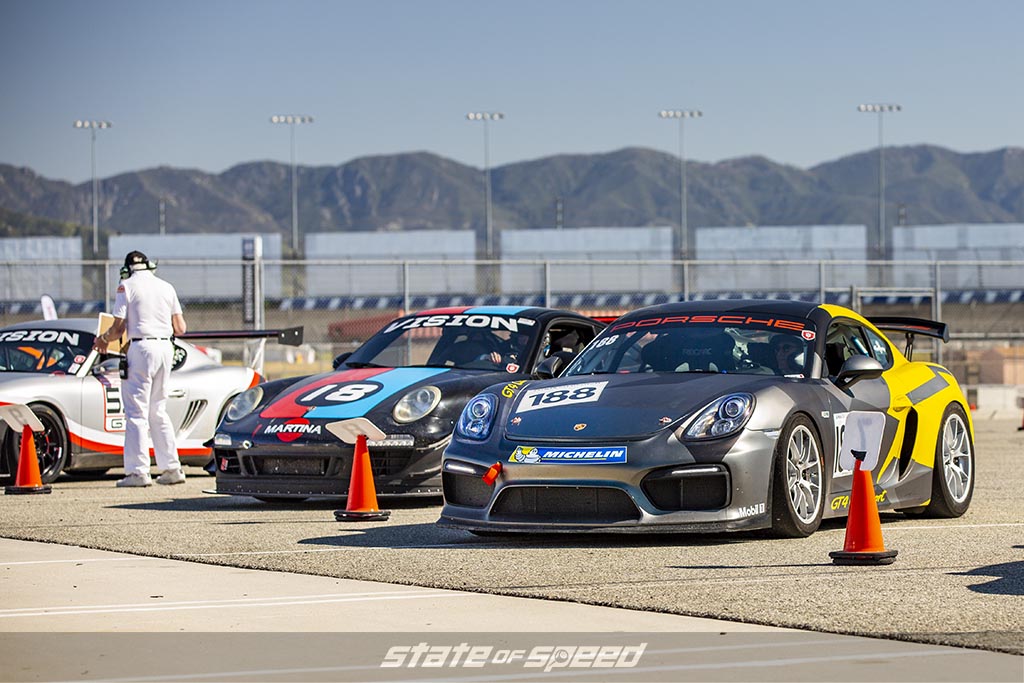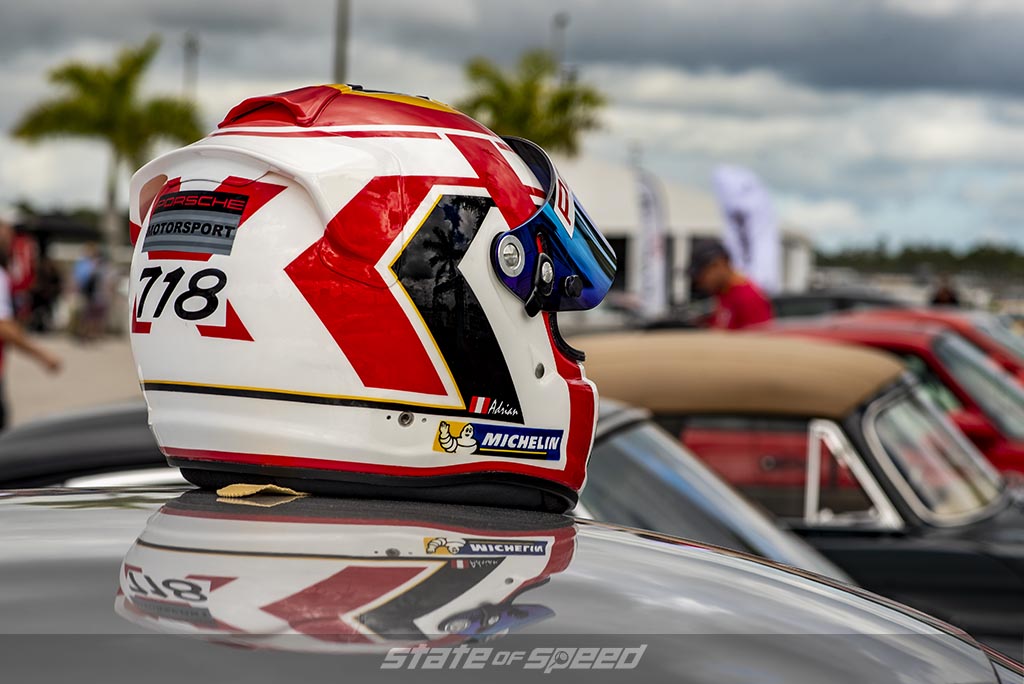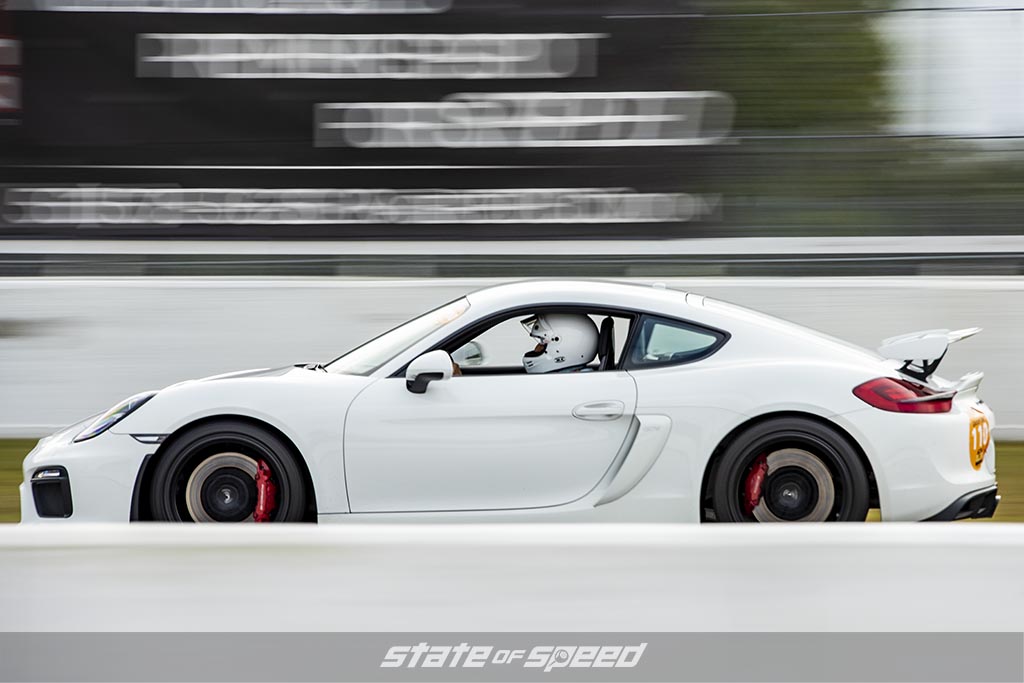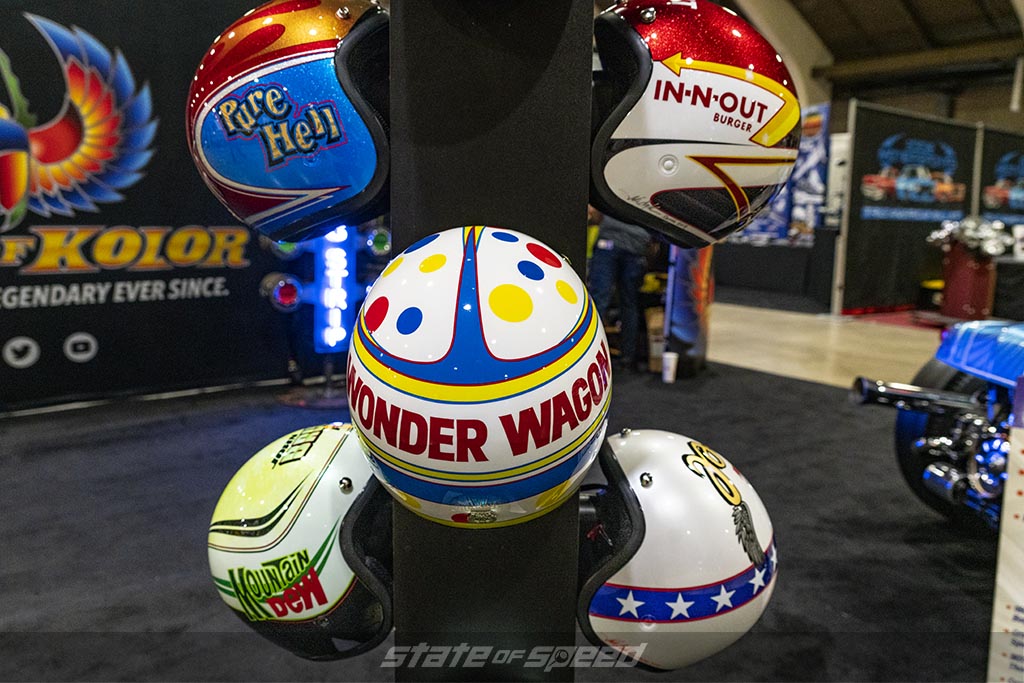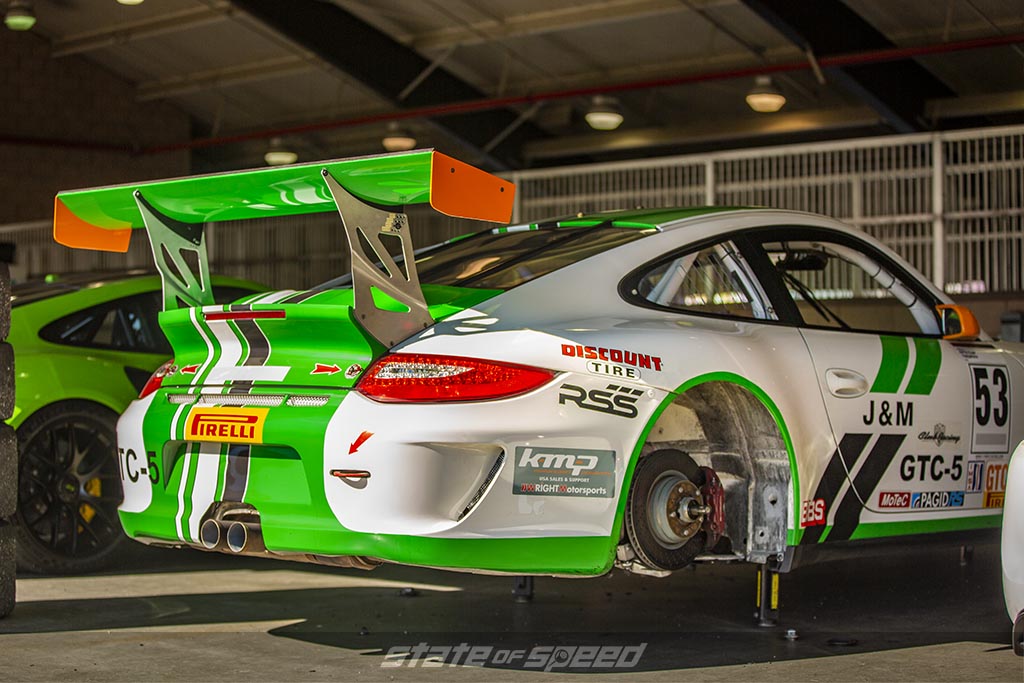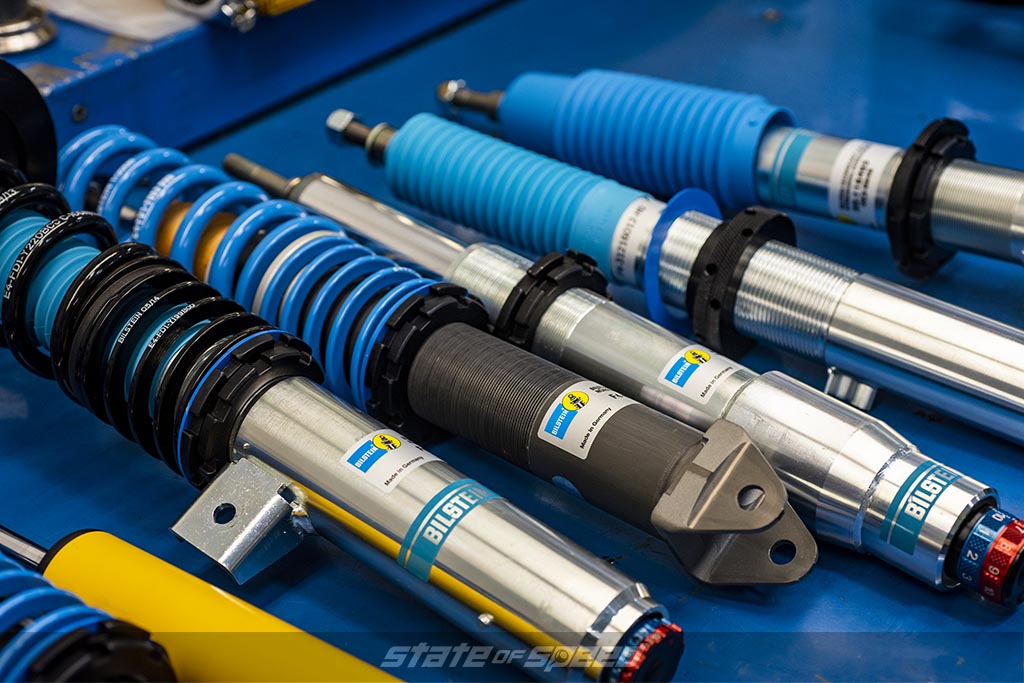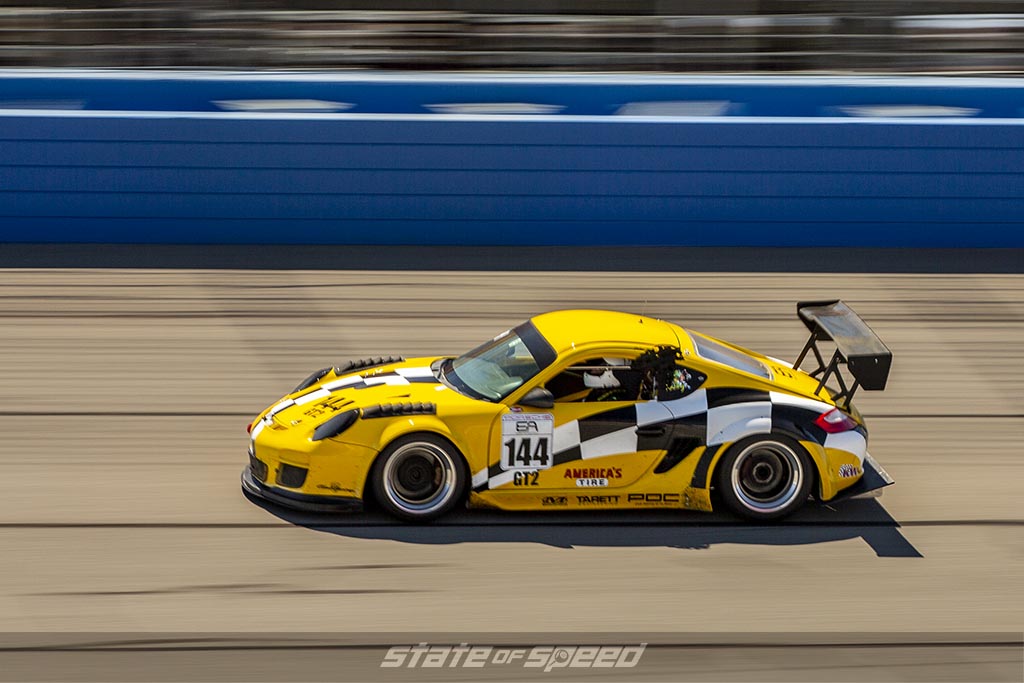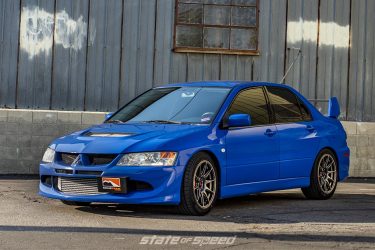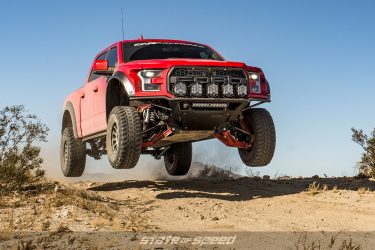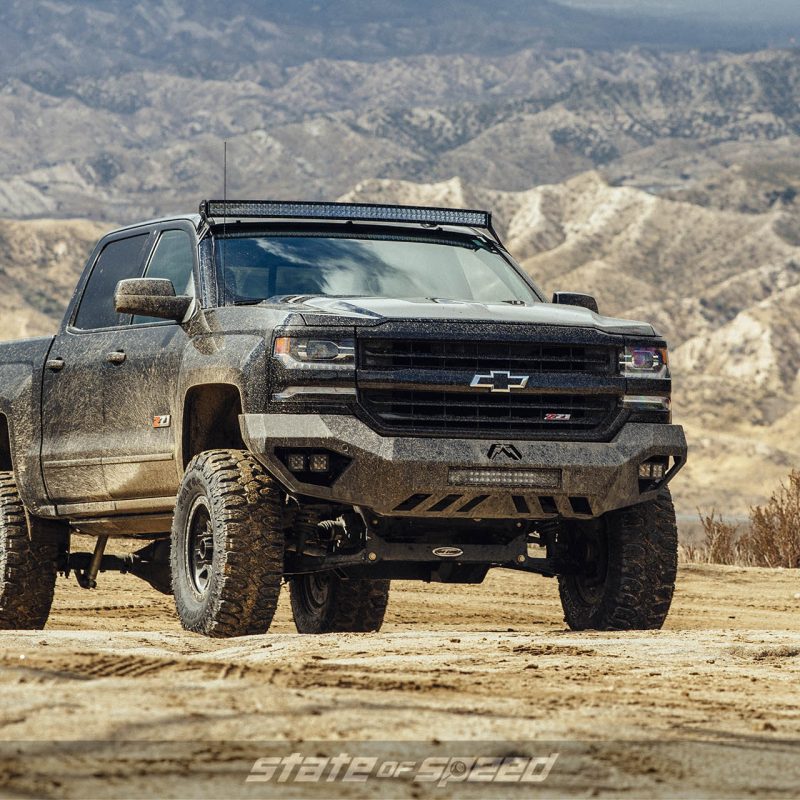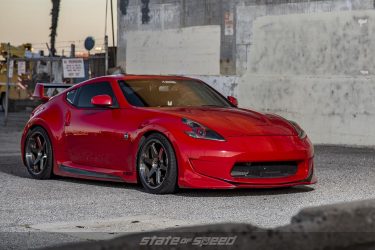You Bought A New Track Car – Now What?
Essentials for Hot Laps on a 5k Budget
So you’ve taken the plunge and bought yourself a dedicated track car. You did your research, found what you were looking for in sound mechanical condition and not already so far from stock that you’d have to rip everything out before doing it the way it should have been done in the first place, and you’re eager to get it prepped and put some laps on it. But you’re not made of money, and your meme stocks only got you into low earth orbit instead of to the moon, so you have a $5,000 budget for everything you’re going to need.
Some hard choices will have to be made, because every dollar spent in one area means a dollar less to spend somewhere else. Here’s how we would allocate those 50 Benjamins most effectively – while your priorities are going to vary from ours, having a plan is the difference between a car on the track and yard art on jackstands for another year because you ran out of money and motivation.
Helmet – $350 ($4,650 Remaining)
Yes, we know you already have a helmet you bought off Craigslist. Yes, we know you are the one driver who will never, ever crash. This is still non-negotiable. Every reputable track day event organizer will insist on an ‘in-date’ skid lid that meets an accepted testing standard. Most often this is Snell SA or its equivalent – some sanctions will accept a Snell M-rated helmet, but the DOT-only models are almost always not considered good enough, for a reason.
Helmets designed to meet the SA and similar ratings have features that make them better suited for automotive use, where sharp impacts with objects that can penetrate the shell are more likely than the types of forces involved in motorcycle crashes, and they’ll have a fire-resistant liner. The “in-date” part is important too; the impact-absorbing liner has a finite lifespan, which gets shorter the more it is exposed to temperature extremes or solvent and gasoline fumes.
While it’s possible to get an open-face helmet that carries a SA2020 tag for as little as $160, we recommend a full-face model, and as the list price goes up you’ll also get better fit and finish and improved comfort, which is important when you’re trying to concentrate on-track. Throw in another $40 or so for a fire resistant head sock (also good for comfort, as well as keeping the liner of the helmet cleaner) and $350 is a reasonable starting point for this critically important item.
Tires/Wheels – $2000 ($2650 Remaining)
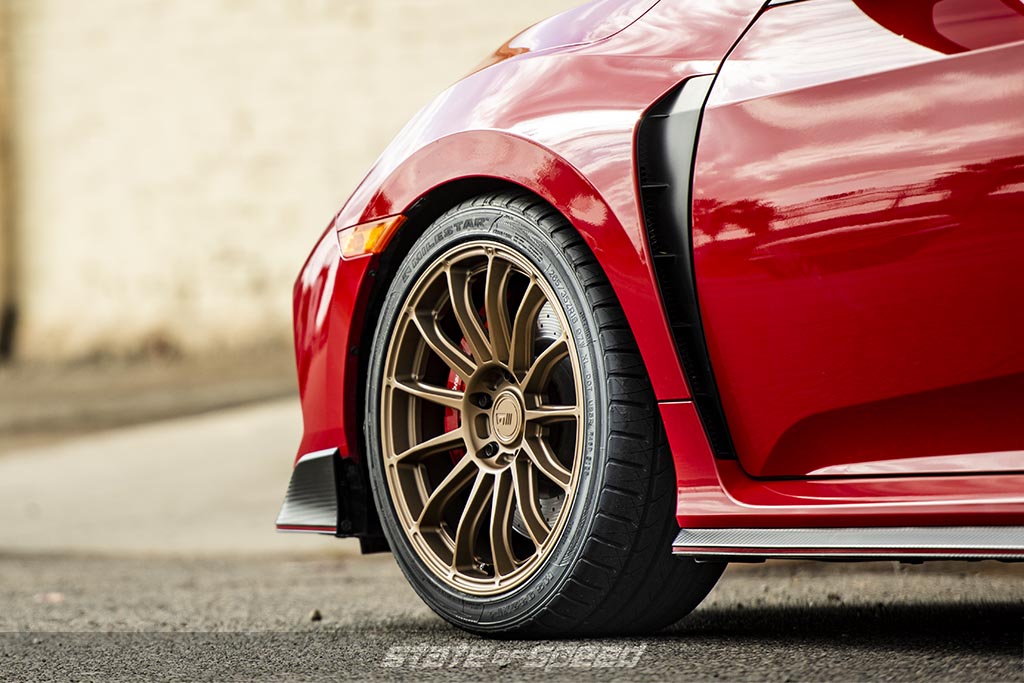
Tires: Milestar MS932XP+ – 265/35ZR18
We’re assuming that if you’re limited to a $5k overall budget for track car upgrades, you’re probably not going to trailer to and from events. We’re also going to assume that you will want a separate set of wheels and tires so that you’re not burning through expensive high-performance tires daily driving on them (though mad props to you if you are hardcore like that – we’ve been there ourselves). Like everything else on this list, wheels aren’t an area where you want to cut corners, but it’s entirely possible to get into a set of four new, quality wheels from a reputable manufacturer for around a grand. For that price, you are looking at cast rather than forged wheels, so the tradeoff is slightly higher weight for a lower price, as well as not being as forgiving or repairable when tweaked during inevitable encounters with debris or curbs.
Like everything else on this list, wheels aren’t an area where you want to cut corners, but it’s entirely possible to get into a set of four new, quality wheels from a reputable manufacturer for around a grand…
Tires are consumables, and depending on how hard you run them and what your level of compromise is between grip and longevity, these may have to be replaced several times a season. Fortunately, it’s often possible to find a well-heeled fellow enthusiast who always has used tires that have ‘gone off’ for full-boogie competition purposes but still have plenty of laps left in them for less serious use, so we’re compromising and putting a cost of $250 a corner out there to give some wiggle room for that initial set. Like always, your experience may vary, and cars with uncommon fitments or really big meat will tend toward the more pricey end of the spectrum.
Brake Upgrades – $1250 ($1400)
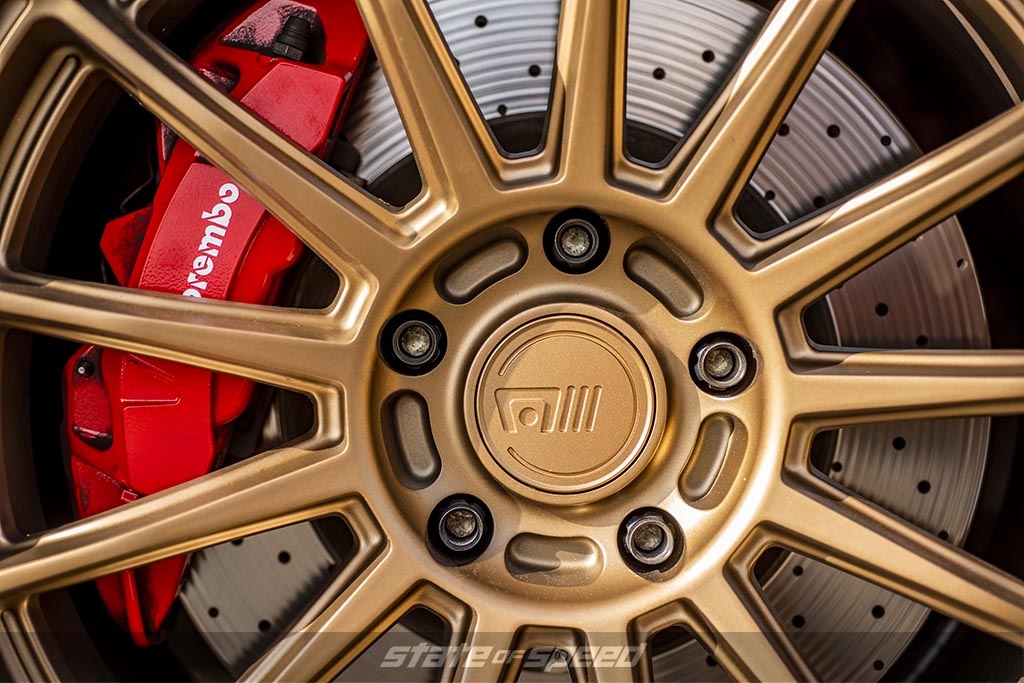
Tires: Milestar MS932XP+ – 265/35ZR18
Here’s another area where there is a wide range of possibilities – if your track car has decent stock brakes, all that may be necessary for anything less than full competition use might be a change to a different brake compound, braided stainless flex lines, new rotors, and a fluid flush and bleed. On the other hand, most cars of interest to the track day crowd have a lot of bolt-on options at surprisingly reasonable prices. If you don’t go totally nuts, our budget should at least cover a front caliper upgrade in addition to the other things mentioned above, plus a spare set of pads to be bedded in and brought with you if you’ve chosen a soft-but-grippy compound and a tight course to run on for a mid-day swap.
if your track car has decent stock brakes, all that may be necessary for anything less than full competition use might be a change to a different brake compound, braided stainless flex lines, new rotors, and a fluid flush and bleed…
Suspension upgrades – $1400
We’re going to take the last of our remaining budget and allocate it toward suspension. On the less expensive end of the scale, a complete, properly engineered and matched set of quality replacement springs, dampers, anti-roll bars, and polyurethane bushings can set you back as little as $750, while the sky is the limit for a complete competition-spec coilover conversion with multi-way adjustable dampers. We’re splitting the difference here, but odds are you will come in either substantially above or below our average estimated price. Depending on what kind of tracks you prefer, you may prioritize suspension above brakes, or the other way around, and adjust your spending on these last two categories accordingly.
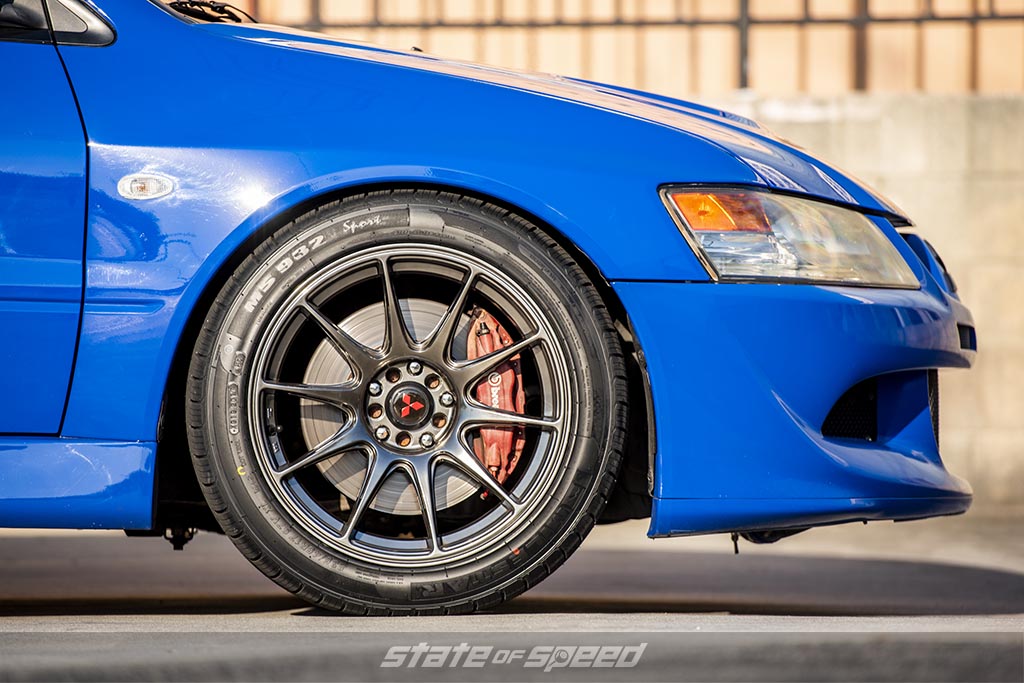
Tires: Milestar MS932 Sport – 235/45R17
One thing you absolutely do not want to do under any circumstances is to cheap out here; there are a lot of janky ‘lowering kits’ and coilover conversion setups with suspiciously low price tags and brand names you have never heard of, but spending any money on components of dubious quality and unclear origin can only lead to disaster.
That Money Went Fast…
As you can see, it doesn’t take a whole lot to blow through $5k getting your new toy set up properly, but going into it with clear expectations for the cost and effort involved can keep your dreams from dying before you ever get to the track. Keep in mind that this is just a start, and in order to keep your racing fun sustainable, it’s a good idea to set aside money for every event you attend in some place where you won’t spend it, to be used for future consumables like tires, brakes, and maintenance items. Budgeting is never fun, but it makes the fun stuff possible, and helps you to drive more and dream less.


